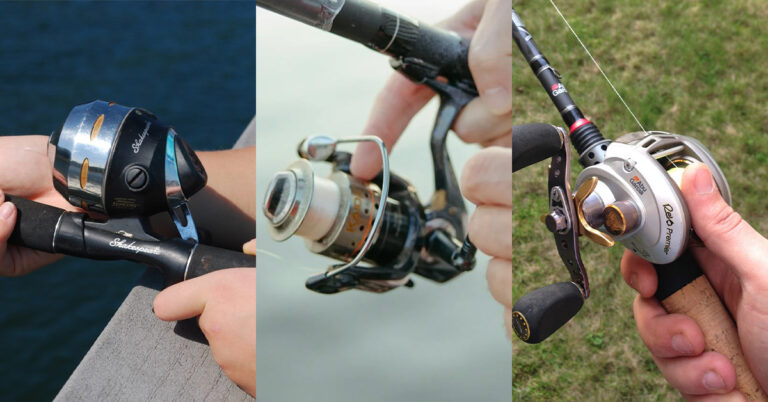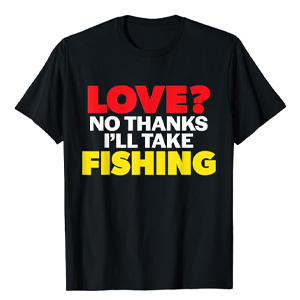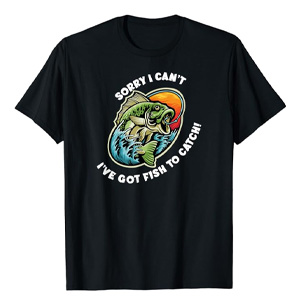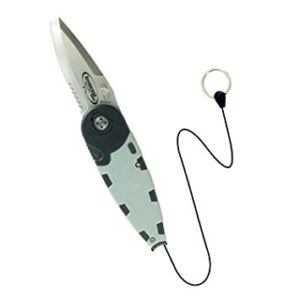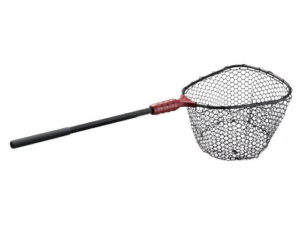Picture this: the sun’s on your face, the water’s sparkling, and suddenly – a tug on your line! That’s the magic of fishing, but getting started can feel overwhelming. If all the different types of fishing reels have your head spinning, don’t worry! Choosing the right reel is key to catching fish and having a blast. Let’s break it down and get you out on the water, ready to reel ’em in!
What are the types of fishing reels for casting?
The three main types of fishing reels for casting are:
- Spincast reels: Great for beginners due to their easy push-button casting.
- Spinning reels: Offer versatility for various fish and lure types.
- Baitcasting reels: Provide maximum power and accuracy for experienced anglers.
Fly reels and trolling reels are used for specialized fishing techniques. Want to learn more about choosing the perfect casting reel? Keep reading for a deeper dive into each type!
3 Types Of Fishing Reels
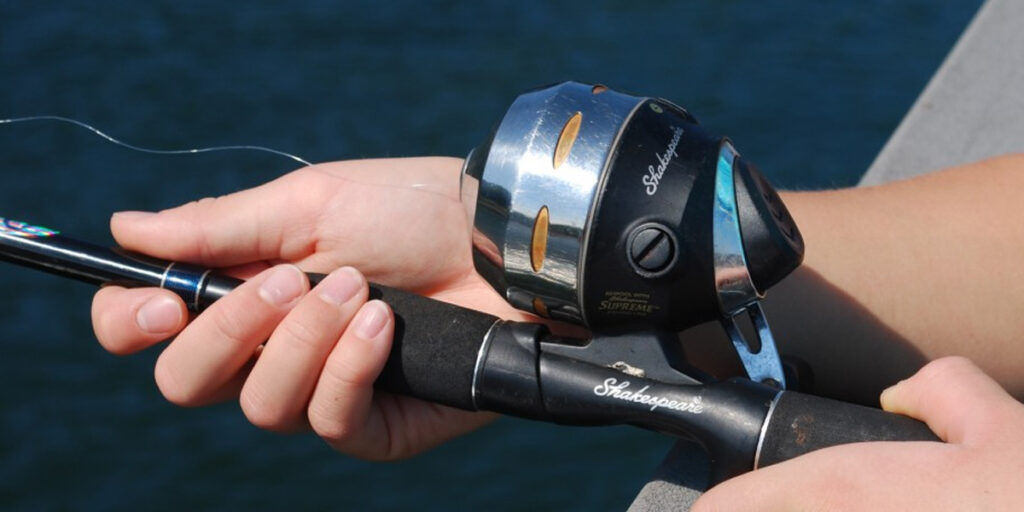
Spincast Reels: The Beginner’s Best Friend
Spincast reels are known for their simple, push-button design and enclosed spool. They’re a fantastic choice for kids, beginners, and anyone who wants a hassle-free fishing experience.
Features and Design
- Push-button casting: Press the button, release to cast – it’s that easy!
- Enclosed spool: Helps minimize line tangles (backlashes).
- Nose cone: Covers the spool and guides the line.
Skill Level: Beginner
Suggested Line and Lure Weights
Spincast reels mainly focus on light to medium freshwater fishing:
- Common range: 4-12 lb test line, lures from 1/16 oz to 1/2 oz.
Benefits and Drawbacks of Spincasting Reels
Pros:
- Simplest to use: Perfect for those new to fishing.
- Minimal tangles: Great for frustration-free learning.
- Affordable: Budget-friendly options abound.
Cons:
- Limited distance: Not designed for long casts.
- Less power: Best with lighter lines and smaller fish.
- Fewer features: Lack the fine-tuning options of other reel types.
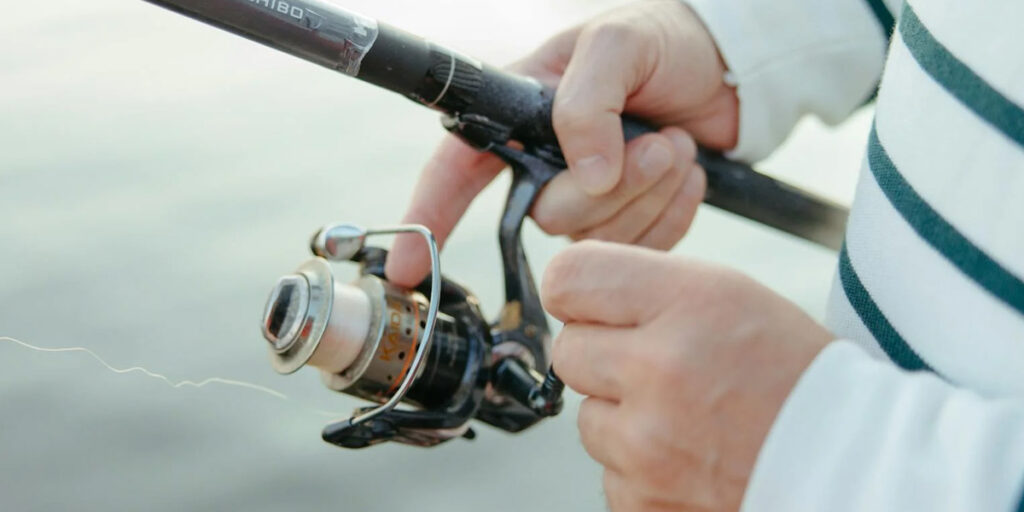
Spinning Reels: The Versatile All-Rounder
Spinning reels are the most popular choice for freshwater fishing, and for good reason. They sit under the rod with an open-face design, making them easy to use for anglers of all levels.
Features and Design
- Under-rod spool: Line flows freely off the spool for smooth casting.
- Bail arm: Flips to open and close, controlling line flow.
- Drag system: Adjustable drag to tire out fish during the fight.
Suggested Line and Lure Weights
Spinning reels cover a massive range, so here’s a general idea split into common categories:
- Ultralight: 2-6 lb test line, tiny lures under 1/8 oz. Perfect for panfish and small trout.
- Light: 4-10 lb test line, lures from 1/8 oz to 3/8 oz. Handles most freshwater fishing.
- Medium: 6-14 lb test line, lures from 3/8 oz to 5/8 oz. A solid all-rounder.
- Heavy: 10-20 lb+ test line, lures over 5/8 oz. For larger species.
Skill Level: Beginner to Experienced
Benefits and Drawbacks of Spinning Reels
Pros:
- Easy to use: Minimal learning curve, great for beginners.
- Versatile: Handles a wide range of line weights and lure sizes.
- Affordability: Options available at various price points.
Cons:
- Potential line twist: Requires some line management.
- Less power: Not ideal for the heaviest lines or biggest fish.
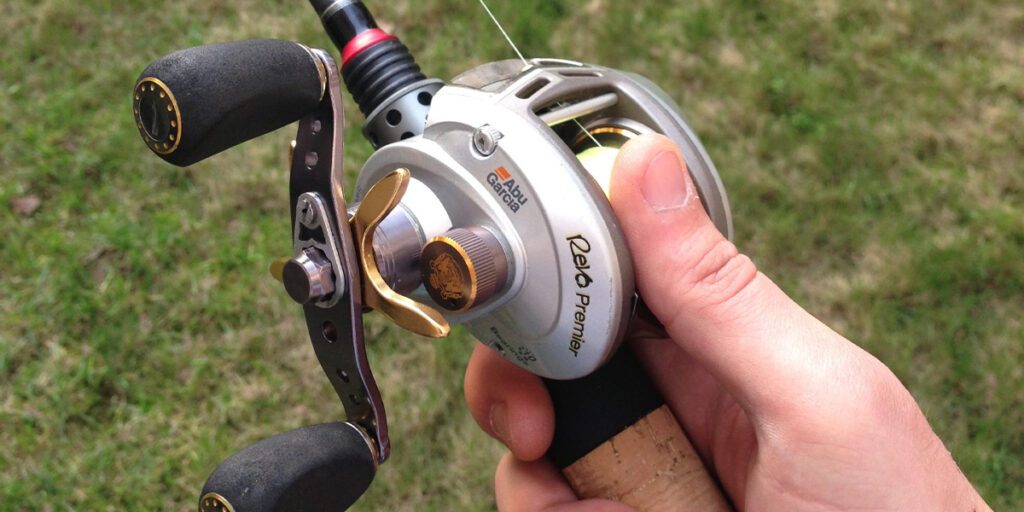
Baitcasting Reels: The Powerhouse Option
Baitcasting reels, often just called “baitcasters”, are easily recognizable by their design. The spool sits on top of the rod, and you use your thumb to control the line during the cast. This design might seem a bit intimidating at first, but baitcasters pack a serious punch for experienced anglers.
Features and Design
- Top-mounted spool: Allows for heavier lines and lures.
- Thumb control: Offers precision casting and lure control.
- Gear ratios: High gear ratios translate to faster lure retrieval.
- Braking systems: Help prevent line tangles (backlashes).
Line and Lure Weights
- Wide Range: Baitcasters are designed to handle the heaviest lines and lures used in freshwater fishing. It depends on the specific reel model and the target fish species.
- Manufacturer Recommendations: Always check what the manufacturer suggests for your reel. It will have a recommended range for line weight (e.g., 12-25 lb test) and lure weight (e.g. 1/4 oz – 2 oz).
- General Guidelines: Here’s a rough idea to get you started:
- Light baitcasters: Suitable for 8-14 lb test line and lures around 1/4 oz.
- Medium baitcasters: Common choice with 12-20 lb test line and lures from 1/4 oz to 1 oz.
- Heavy baitcasters: Made for big fish with 20lb+ test line and lures over 1 oz.
Skill Level: Experienced
Benefits and Drawbacks of Baitcasting Reels
Pros:
- Power: Ideal for big fish and heavy lures.
- Accuracy: Pinpoint casts to target specific areas.
- Control: Fine-tune lure presentation.
Cons:
- Learning curve: Mastering casting takes practice to avoid backlashes.
- Cost: Generally more expensive than other reel types.
Final Thoughts On The Types Of Fishing Reels
Choosing the right fishing reel is a big step towards having an awesome time on the water. Whether you’re just starting out or looking to upgrade your gear, there’s a perfect reel out there waiting for you. Remember, spincast reels are great for beginners, spinning reels offer fantastic versatility, and baitcasting reels give experienced anglers power and precision.
Now that you’ve got the basics down on types of fishing reels, don’t be afraid to experiment! Visit your local tackle shop to try out different reels and find the one that feels just right. Tight lines and happy fishing!

